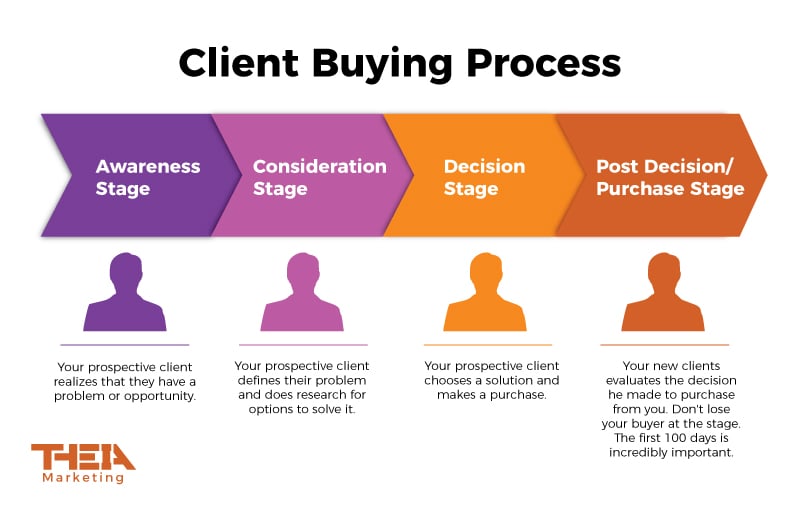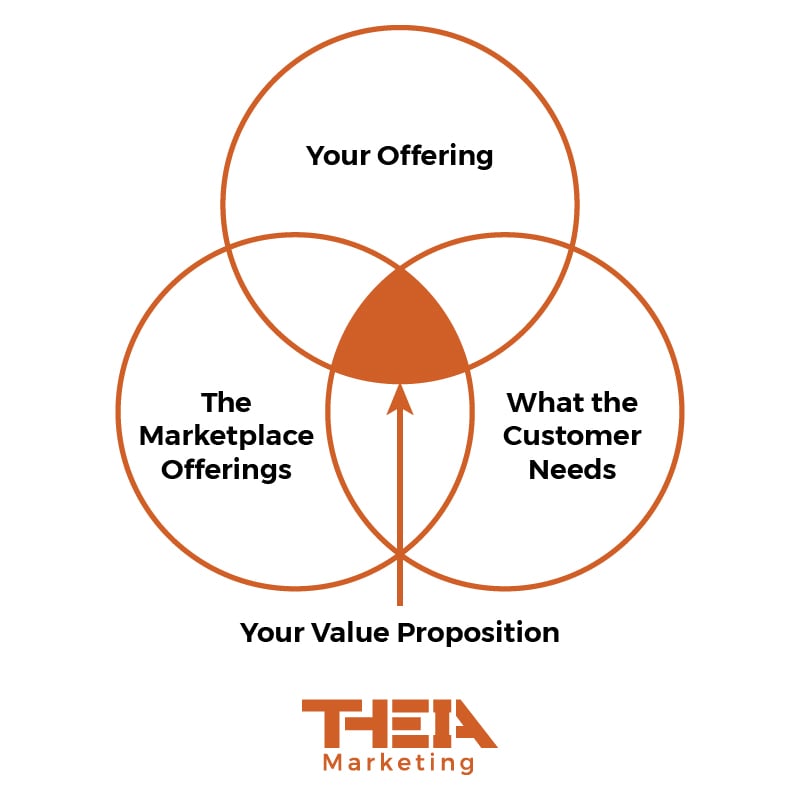I would like to talk to you about defining the customer value for your B2B technical services business. Finding your customer value is incredibly important because you can get the prices you want for your product or service, and not get negotiated down or discounted on your product or service.
What is Customer Value?
Customer value is often related to price. It could be interpreted as the worth of that product or service. Customer value applies to both B2B services and products. So what exactly is customer value? It's a perception of what a B2B product or service is worth to a customer versus the other existing alternatives on the market.
Does the prospective client feel that she received the benefits and services over what was paid? For customer value, there's actually a couple of equations.
Customer Value = Benefits - Costs
When you calculating for a dollar value, it’s the difference between benefits and costs. That should be a positive number.
There’s also a percentage, or customer value is benefits divided by cost.
Customer Value = Benefits / Costs
Your answer for that is over one because you want to have more benefits than cost. The customer value is all benefits received, less purchased costs and time and effort.
Now what are examples of benefits?
- In your B2B business, you can have one on one meetings with your own assigned account manager or engineer
- Quality of components in the product.
- Experience (years in business)
- Excellent customer service experience
- Affiliation with your company brand
- Successful use cases and case studies
- Informative user dashboard across all aspects of your product
- Long-term relationship with a company
- Product or service is a great investment
There are also examples of costs:
- Upfront onboarding price
- Ongoing investment for continuing services
- Hard to inter implement
- Awkward onboarding process
- Be inconvenient
- Unfriendly staff
- Unnecessarily long process of installation needed
- Long ticket wait time
- Long phone wait time
Customer Value in the Client Buying Process
Now where does the customer value apply in the whole client buying process? Customer value is based on a pre-purchase assessment of your product or service and that occurs in the decision stage of the buyer's process.

There’s the awareness, consideration, decision and post-decision/purchase stages. Here the perspective client in this decision stage has decided on their solution to the problem. All available vendors have been whittled down to a list and from that list reduced to one company in one solution. So some common questions are what criteria are prospective clients and clients using to evaluate the available product and service lines.
- What do your clients like about your product line?
- What worries did they have?
- Who all needs to be involved in the purchase decision? What questions do different decision makers have now?
Remember, they're in the decision stage, so they're ready to buy. They've researched her options and solutions and your company is in the running. Congratulations!
How do you add more customer value?

Client Testimonials
An easy way to cultivate more customer value is to talk to your existing clients on why they chose to work with the company. These insights will help you differentiate your company from the rest. A way to cultivate more customer value is to look at your customer or client testimonials. Testimonials are great ways to find out what's best for a company. So we recommend asking the following questions:
- What made us different from every other company you looked at?
- What was the best part of the customer experience or interacting with us?
- Who was involved in the purchase decision?
- What were they worried about and what criteria did you use to choose us?
Ideal Client Personas
Another thing is to define your ideal client personas. So they have different values based on the different product or service attributes. And the ideal client values those differently. The criteria also changes based on your audience.
Don’t only look at the ideal client persona, but also which industries are they in and what size of company or number of employees on LinkedIn do they have? So that's really important and defining who exactly you're going after. So defining your ideal client persona will help you define who exactly in the market you're going after. You've niched yourself down and you're no longer going after everybody. You're going after a certain audience. So for example, we help technical service industry such as healthcare, tech and energies, energy businesses grow their businesses. We help technical service companies.
Don’t Compete on Price
You'll almost certainly lose if you compete on price alone. You offer a unique blend of products or services. So don't undercharge and hurt your margins. A satisfied customer will gladly pay for a service that delivers beyond his or her expectations again and again.
Now on the other hand, an unsatisfied customer who doesn't see the value of what you're offering will go somewhere else regardless of it's the lowest price you're charging.
Now remember, your B2B company is a premium service or product. You don't need to charge the highest price for that expertise, but say within the market range and do some research on those offering similar services so that way you stay within the range and hopefully you're in the middle or the high end.
Identify Your Customer Value Proposition
Now let's identify your customer value proposition. There are a variety of good examples on the web. You need to have a clear, ideal client persona and a core message to create your customer value proposition. This is incredibly important for B2B companies. You can get your core message from reading your client testimonials or interviewing your clients.
There is a three-part formula to your customer value proposition.
- Headline: It's the attention grabber, it's the end benefit you're offering that could also be known as part of your core message.
- Sub-headline: The second part of your core message is your sub-headline, which is what your company does for whom, who your ideal client persona is and why it's useful to them.
- Key Benefits and Features: Three bullet points that explain the key benefits and features and differentiators of your product or service.
Now after you've created your customer value proposition, you should answer these three questions to see if you answered all the requirements for a good customer value proposition.
- What product or service is your company selling?
- What are the benefits of using it?
- Who is your target customer or ideal client persona and what makes your offer unique and different?
By having that three-part formula, you can create your own customer value proposition and then you can put it in your client and prospective client messaging on your website, in your social media, in your blogging, email campaigns, and everywhere else that you send the message.
Focus on Your Best Clients
The best way to cultivate more customer value is actually focusing on your best clients. You can track your customer lifetime value for your clients, and the number of hours you have worked with them. You'll find your best and worst clients quickly. You need to focus on the clients that provide the greatest value in return.
Focus on providing excellent customer service to your best clients. Put a lot of resources towards building that client relationship with your best clients.
Remember that the probability of upselling to an existing client is 60 to 70% while the probability of selling to a new prospect is 5 to 20%. We're also increasing your customer retention rate by 5% increases profits by 25%.
Conclusion
These are the ways that you can increase customer value and apply them to your business to help it grow. We also have a process called the strategy first process, which helps, which helps define your ideal clients and have your core messaging done so that you can know who you're going after with the right message in your market.




